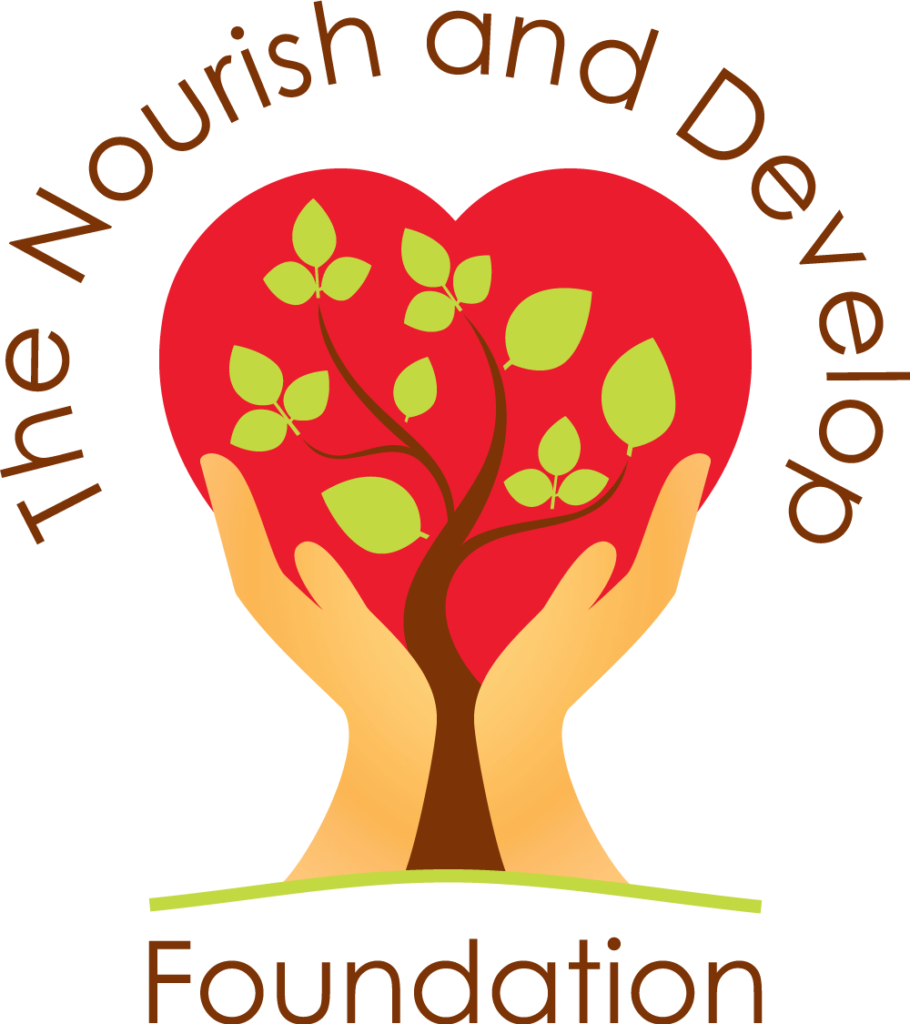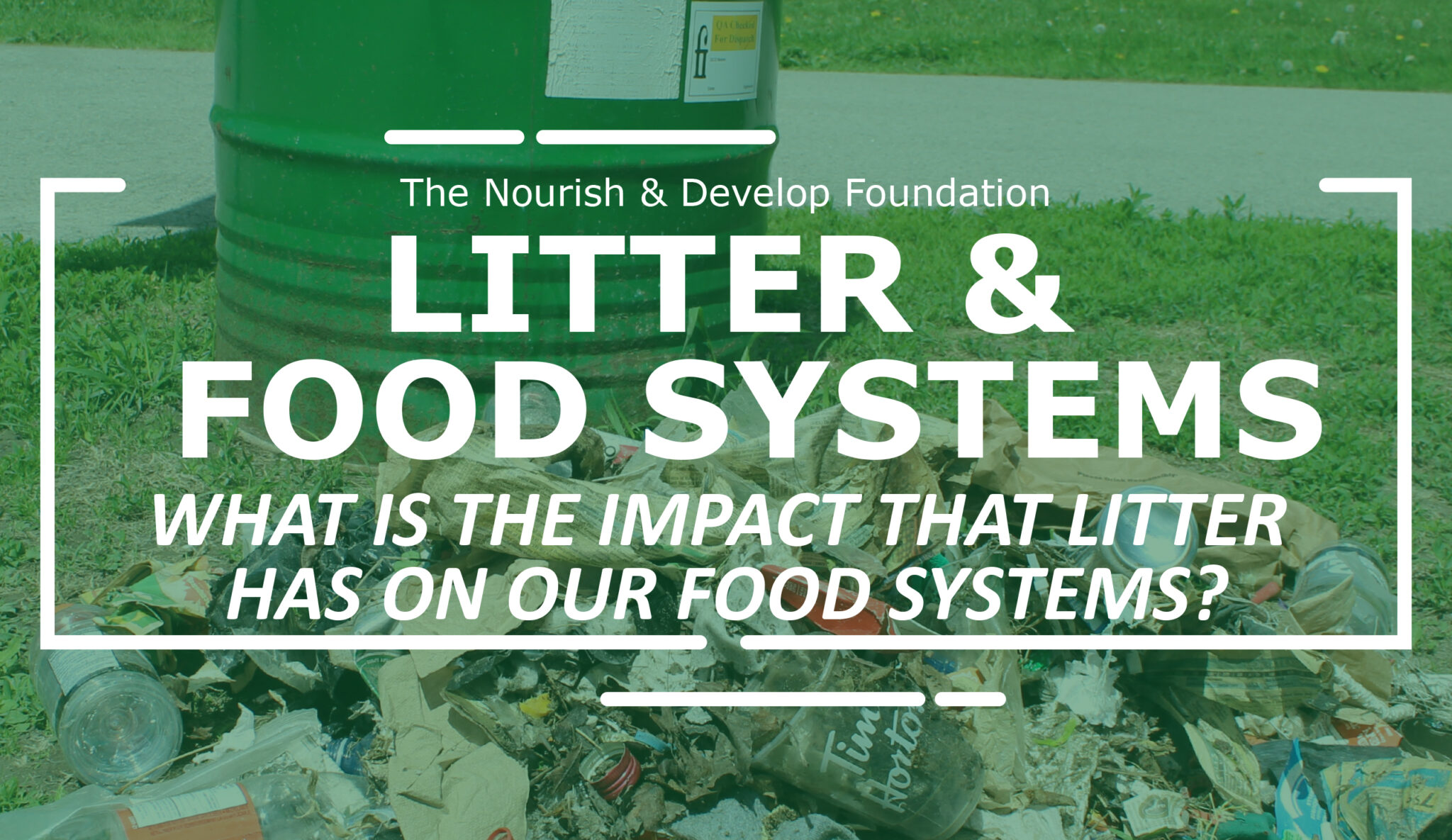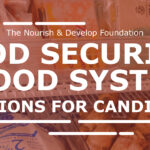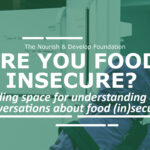Litter and Food Systems
We all know how important not littering is for the environment, but have you thought about the impact that litter has on our food systems? Or how our food systems play a role in worsening waste and litter?
Recently we partnered up with A Greener Future to provide the community an opportunity to learn about Canada’s waste crisis – and we’ve learned so much throughout the process!
Last weekend we worked with them on their Love Your Lakes litter clean up series, aimed at cleaning up the shores of Lake Ontario. Through this program, they collect data on every piece of litter picked up so they can identify “problem items”, advocate for solutions, and raise awareness about plastic pollution in particular.
ur community cleanup in Beaverton resulted in over 2,000 pieces of litter being picked up by 7 of us within just 2 hours! Our top three types of litter collected were:
- general plastic pieces (565 pieces)
- cigarette butts (552 pieces)
- food wrappers (262 pieces)
We also found a lot of textiles, paper pieces, foam pieces, bottles, and cans.
After our clean up we did some research to better understand the relationship between litter and food systems and found great information from the International Food Policy Research Institute. Here’s our key takeaways:
- Littering directly places harmful materials like microplastics in our ecosystems and thereby our food systems, which negatively impacts plant, animal, and human health. This is a direct threat to food security because plastics ingested by animals lead to adverse health effects, including low milk yield, reduced weight gain, and other comorbid diseases and mortality. This can cost some farmers millions of dollars annually in lost productivity
- Microplastics and chemicals enter the human food chain through milk and meat products. Humans ingest or inhale around 50,000 microscopic plastic particles a year! The health effects of chronic plastic exposure are not fully known, but the evidence so far indicates negative impacts, especially on human endocrine and immune systems
- Litter is closely connected to our food systems by way of food and beverage producers contributing $17 billion worth of annual environmental damage due to plastic use and waste
- Single-use plastic waste items—especially bags, bottles, wrappers, food containers, and cutlery—have become invasive species in rivers, seashores, seafloors, and open waters. Food and beverage packaging is currently one of the largest contributors to litter in our water systems
So, what do we do about it?
- While keeping our environment litter free is important and a worthwhile way to spend time, we need to emphasize preventative measures to waste. This means:
-
- making lifestyle changes to reduce our use of single use packaging
- advocating for food and beverage companies to make use of compostable, biodegradable, and other more eco-friendly alternatives when single use packaging is necessary
- restricting production and distribution of unneeded plastic items
- Consumer incentives to encourage reusable alternatives
- Replacing necessary plastic containers with more bio-degradable materials
- Policies that hold producing or profiting companies accountable for plastic in their supply chains, such as circular-economy regulations
- Incentives for building better food environments that regulate marketing of unhealthy packaged food products and encourage healthier and more sustainable food choices via taxes and subsidies
-
- Of course, continuing to take reactive measures like properly disposing of single use items when you do have to use them and picking up and properly disposing of litter are important. Items that might seem useless can often have a variety of uses through recycling. Companies like Terracycle have developed innovative ways to recycle almost all waste products. Something seemingly so useless as a cigarette butt can be made into fertilizer, composting materials, and even industrial plastic.
To learn more about A Greener Future and how you can support them in their mission to create a clean, healthy environment that can be sustained for generations please visit https://www.agreenerfuture.ca/
To learn about the innovative recycling work happening through TerraCycle, please visit https://www.terracycle.com/en-CA/
For more information on the relationship between food systems and litter, please visit https://www.ifpri.org/blog/build-food-security-reduce-plastic-use



